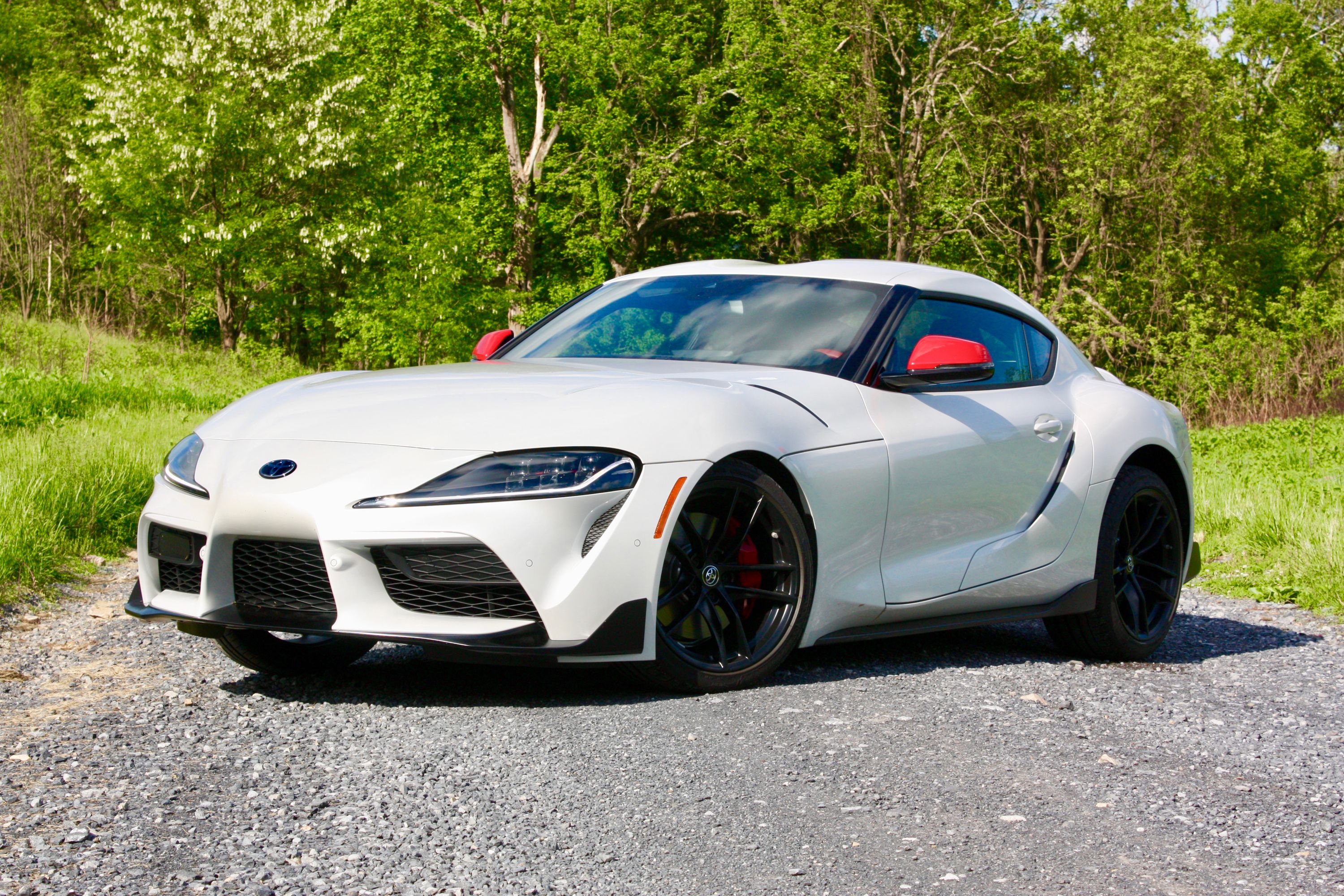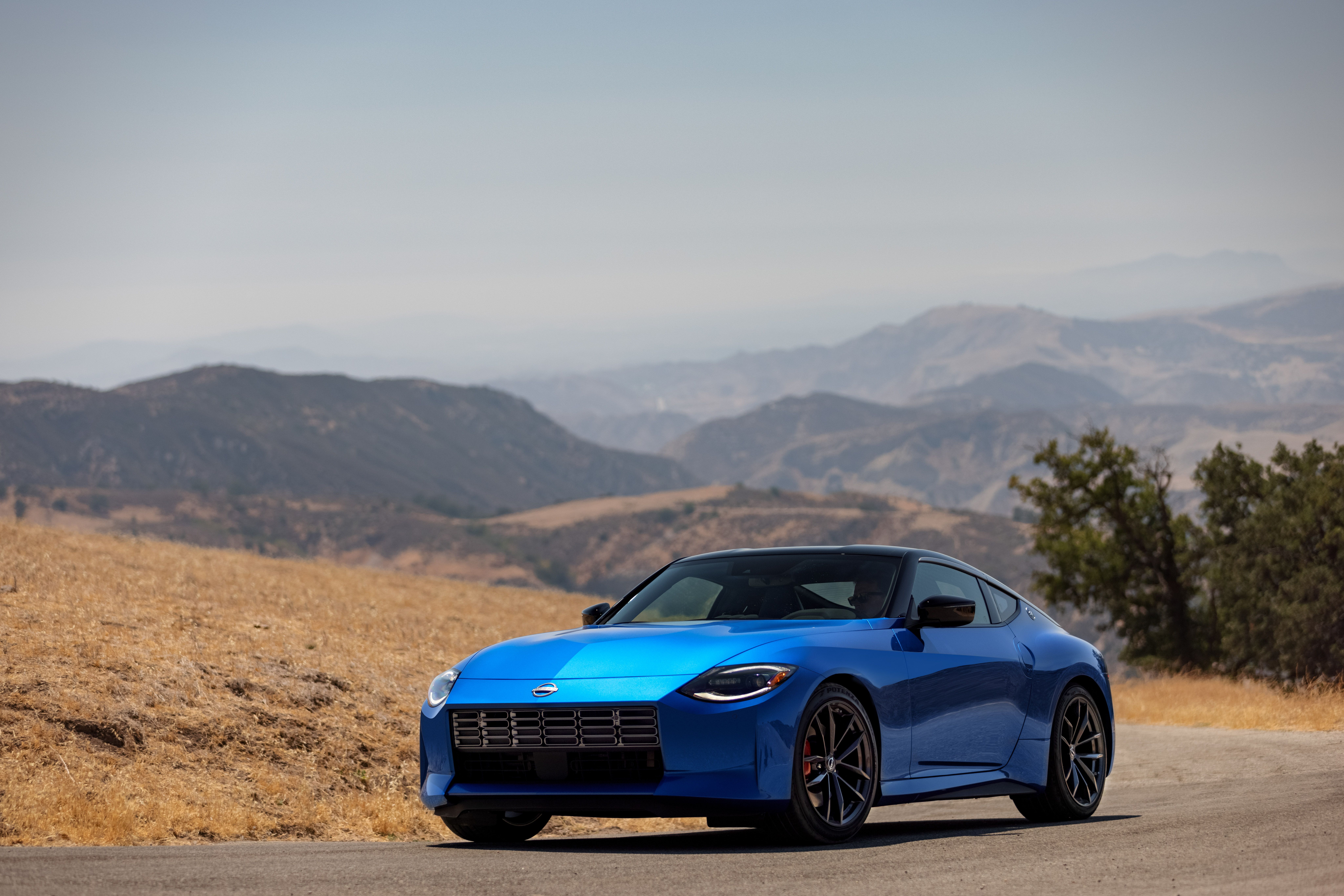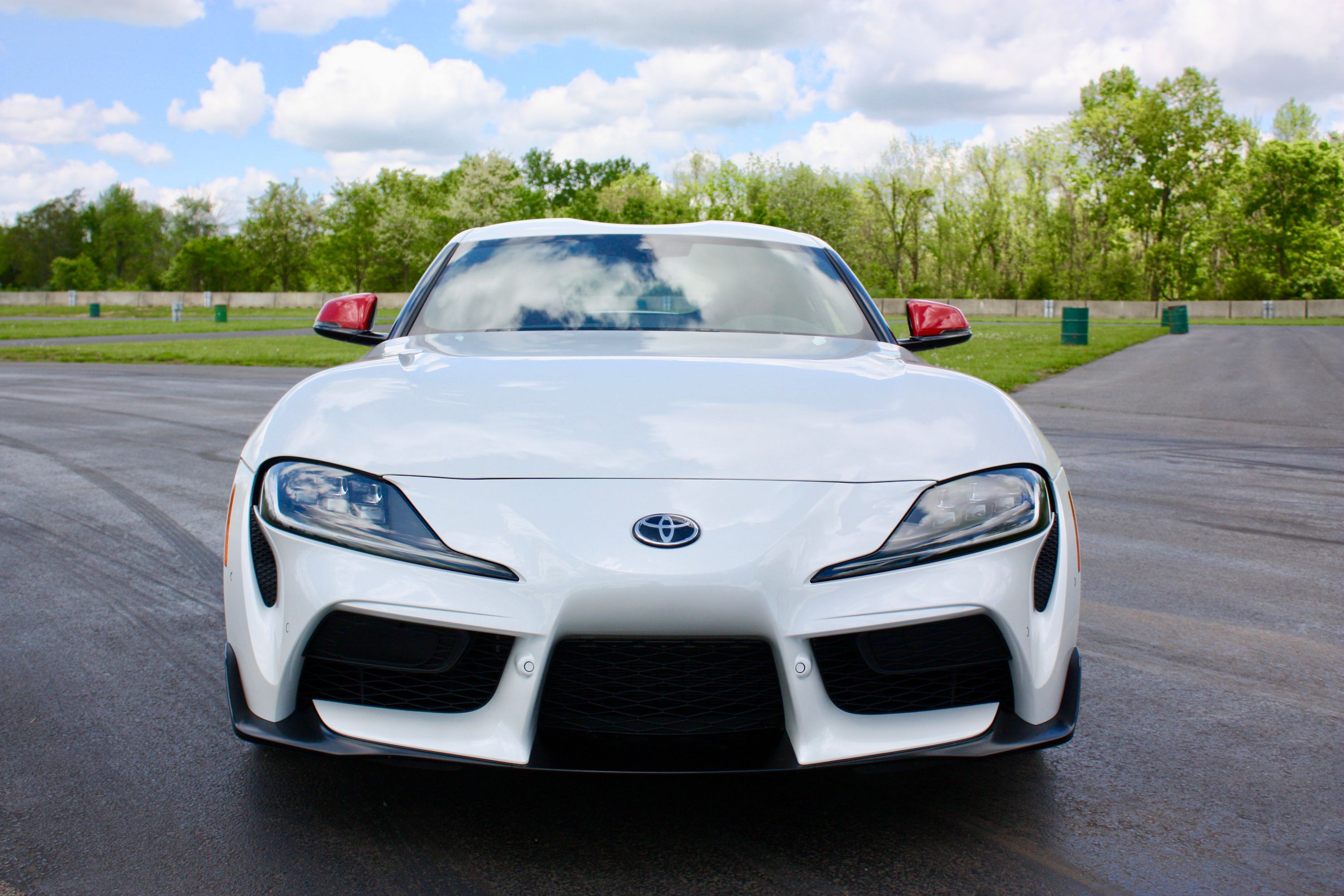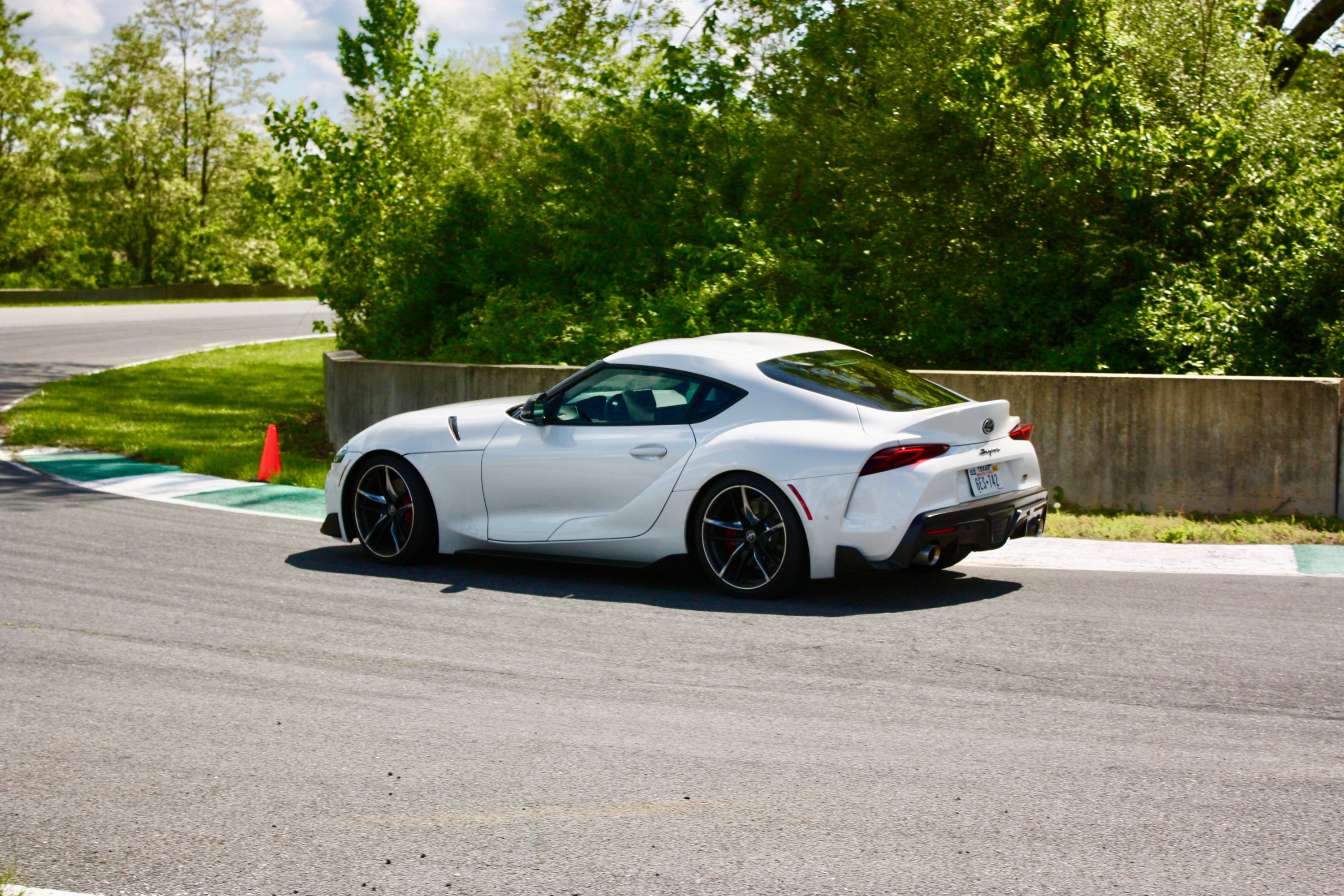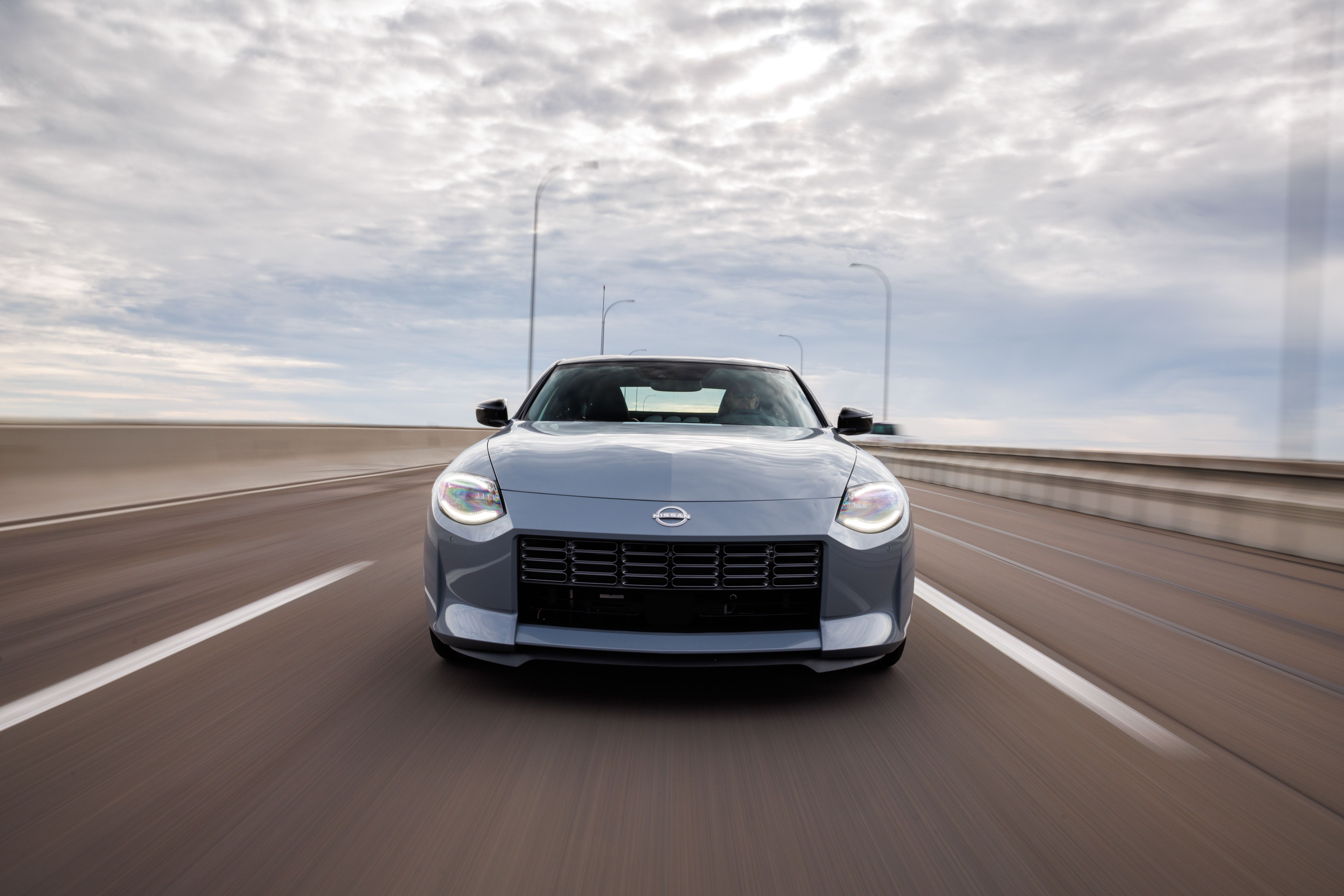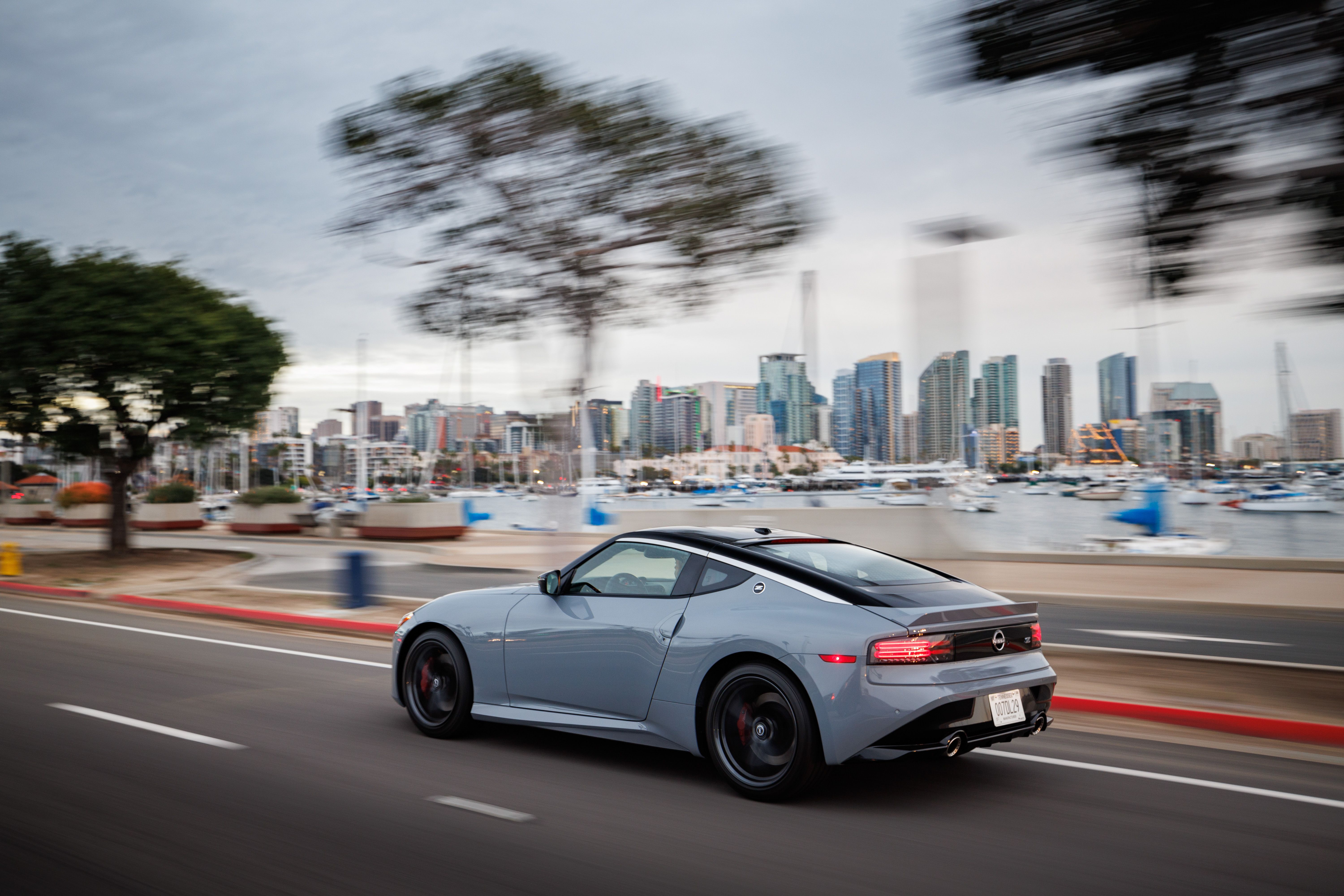The 2023 Nissan Z is one of the most anticipated performance cars to roll out in recent times. With the first batch hitting the showrooms in June 2022, everyone is excited about the car that’s gearing up to beat the Toyota GR Supra into submission. And, while the Nissan Z may sound like more of a sports car bargain than the GR Supra, here are a few reasons why not everything is as good as it seems on paper.
The GR Supra is confirmed to make more power
By now, most would probably know this, but officially, the GR Supra’s B58 inline-six is rated at 382 horsepower and 368 pound-feet (499 Nm). However, there are numerous dyno tests, performed that prove those numbers are underrated.
In a test performed by National Speed, a stock GR Supra, consistently, put down around 338 horsepower and 398 pound-feet (540 Nm) at the rear wheels}. This translates to around 405 horsepower and 425 pound-feet (576 Nm). To put things in perspective, the 2023 Nissan Z’s twin-turbo V-6 packs 400 horsepower and 350 pound-feet (475 Nm)}.
The Nissan Z is heavier than the GR Supra
Power-to-weight ratio is important for a performance car, and, on paper, it seems like the GR Supra and Nissan Z are on par with one another. However, taking the above-mentioned horsepower figures, it seems like the GR Supra may have this one in the bag, as well.
The curb weight of the Toyota GR Supra is between 3,109 and 3,351 pounds (1,410 – 1,520 kg), depending on how you spec it. Recently, Jalopnik reported that the Nissan Z's curb weight is 3,486 lbs (1,581 kg), for the base version, and can go up to 3,602 pounds (1,634 kg), for the range-topping model with an automatic transmission.
The GR Supra has a more modern chassis
While we have to wait for a real-world comparison between the two, we know that the new Nissan Z is based on the Z34 chassis, which in turn is a modified Z33 chassis. The Nissan Z even retains the internal chassis code “Z34”, sharing it with its predecessor – the Nissan 370Z.
While the Nissan Z’s chassis can trace its roots back to 2001, the GR Supra shares a much more modern chassis with the BMW Z4 G29, introduced in 2018. For the record, we have to mention that Toyota did its own chassis tuning, but the main point here is that the GR Supra has a much more modern chassis than the Nissan Z, which will, no doubt, give it an edge around a track.
The GR Supra comes with one of the best automatic transmissions
By now, you know that the ZF eight-speed, in one version or another, is used in many high-performance vehicles, this includes the Challenger/Charger Hellcat models, which push over 700 horsepower from their pushrod V-8s. The ZF 8HP provides snappy gear changes, rivaling many of the dual-clutch units, and being able to change gears in 200 milliseconds.
While the Nissan Z also has an automatic transmission available, in the form of the Mercedes 9G-Tronic, the ZF unit still has a slight advantage over it. Moreover, most Nissan Z buyers are expected to go with the six-speed manual option, which while more engaging, cannot match the shift speed of a sophisticated automatic like the ZF.
The Nissan Z will not be the only Japanese sports car to offer a manual transmission
The Nissan Z’s biggest highlight is that it still offers a six-speed manual – a feature many carmakers are doing away with, in favor of quick-shifting automatics. However, for the 2023 model year, the Toyota GR Supra will also be offered a six-speed manual, which, however, will only be available for the 3.0-liter engine. The rumor was recently confirmed in a tweet made by Toyota USA, saying “Did you think we were done”? Apparently, they are not, since the GR Supra is, officially, getting a third pedal.
The Nissan Z’s redeeming feature
While both cars boast a proud legacy, it’s safe to say the Nissan Z is at a slight technological disadvantage. While being less than ground-breaking can also be viewed as a good thing, especially in times of electrification, the 2023 Z’s most redeeming feature, compared to the GR Supra, remains the price.


